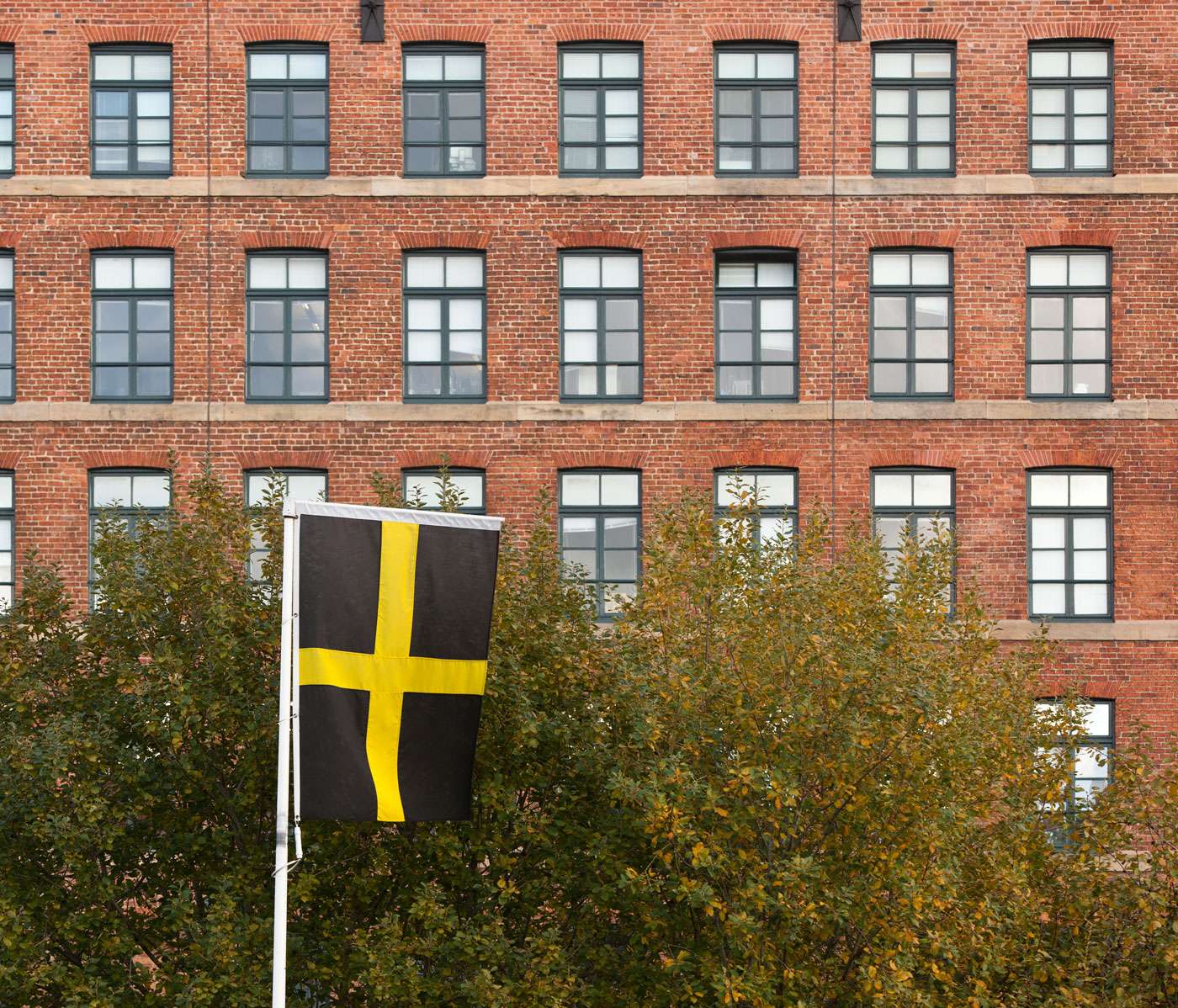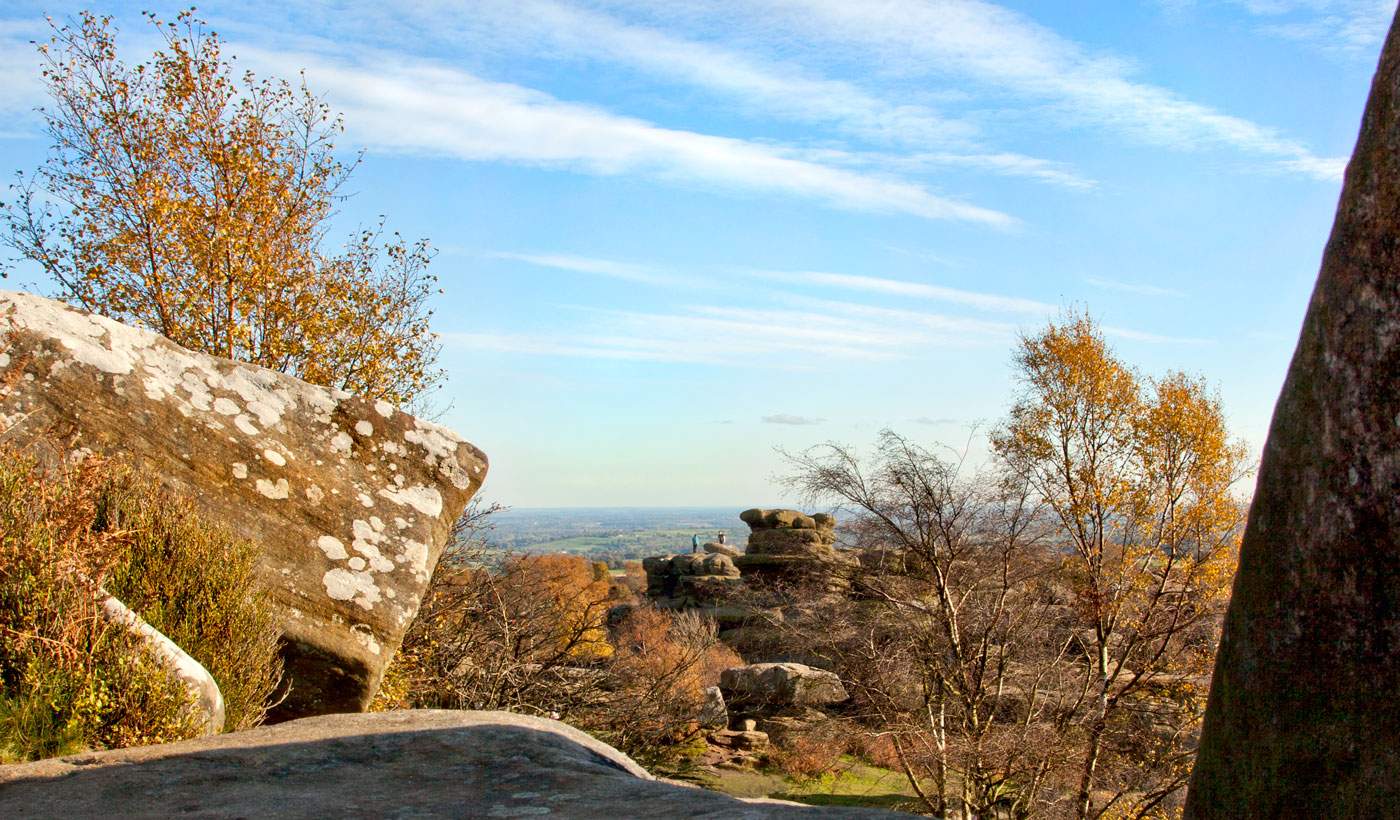
Horizontals and Verticals - your eye naturally picks out the lines. In any picture you can use natural lines to bring out features in your picture.
Flag - by Damon Guy (click to view large).
Composition has many different elements. One of them is ‘lines’. Perhaps ‘lines’ are not something that people automatically ‘see’, often they work subconsciously. However, they are crucial to how the eye moves through a picture. We naturally look for patterns in nearly everything we see. Lines are strong patterns and simple ones too. So it is natural for the lines in a scene to draw the eye and to lead the viewer. So how can we use these lines?
When we compose a picture the best thing we can hope for is that the viewer is drawn into it. We want them to be absorbed by the picture and to be impressed by it. Lines provide a way to help the eye around the picture, to be pulled into the experience that it provides. A good composition using them will generally do one or more of the following with lines…
- …make a pattern that is eye-catching
- …draw the eye around the picture
- …lead the eye to something in the picture
- …create the focus/subject of the picture
- …create a dynamic feeling of force or motion
- …create a feeling of harmony and balance
On the other hand an unsuccessful composition with lines would tend to do the opposite of these. It may…
- …create a chaotic view – the eye does not know what to follow
- …distract the eye to an unimportant place in the picture
- …block the viewer from getting deeper into the picture
- …oppress the view, dampen the mood, upset the balance
- …point or draw the eye out of the picture
What is a Compositional Line?
Basically, anything in your picture which is long and thin can be a line. Or it could be something that is a strong edge. There could be features in the picture that provide multiple lines. A river has two banks and the water itself, three lines. A road has several lanes and roadsides and lines drawn on the road for drivers to follow.
So lines could be anything well defined that have a length many times greater than the width. Your line could be a long thin set of clouds. It could be a fence. You could have a vertical line as a person standing up – they could be lying down (horizontal line). Many things together could be a line – traffic, railways, a queue, piles of something… I could go on and on. If it can be long and thin, implied as long or thin or an edge of something well defined, you have a line for the eye to follow. There is a lot of compositional flexibility with lines.
Of course lines could be more than just horizontal or vertical. Lines can be curved, diagonal, angled, shaped, chaotic, ‘u’ shaped – in fact anything you can envisage that you want them to be. And all the features that lines exhibit can be used in compositional ways in the picture. Basically, you are looking for ways your picture can be enhanced. With practice you will be able to spot them in the frame when you are composing the picture. Then the trick is to look for ways the eye can flow along the lines to draw you into the picture. Alternatively you can show the viewer things you want them to see. Again, you can make the lines into a pattern. Or, you can even ignore them as a compositional element.
What you must not do is let lines be in your picture without having some idea of how they influence the viewer. Use lines, or ignore them, but try to work out what the impact of the lines are. If they don’t enhance the picture then find away to get rid of them or minimise the effect. If they do enhance the picture then compose to make the best of them.
Have fun with your lines!

A complex of lines can join up. Making the lines work together can help compose a picture where the eye flows around the scene. Click to see full size.
- By Damon Guy
Definitions [L] [Lines]

